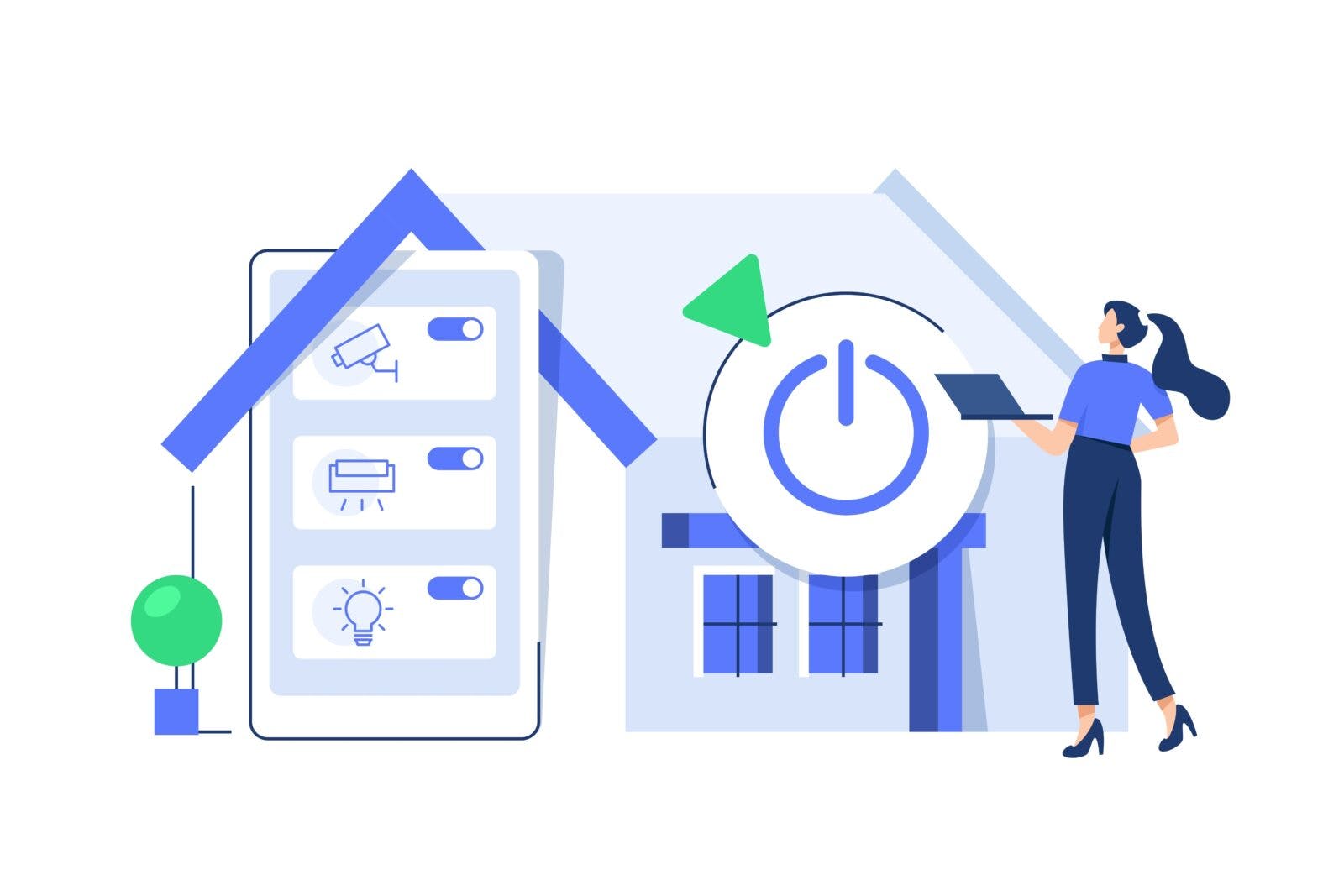Preparing a home for sale can be arduous and comes with a price. There’s the fresh coat of paint, new kitchen appliances and maybe a roof – common improvements homeowners often consider before selling.
There is another enhancement that many sellers may not consider: the addition of smart-home technology.
The smart-home market is surging, with an annual global growth rate of 16% to a forecast of more than $260B in 2024 – and more than double that sum by 2030. It’s what people want: A survey asked consumers which new technologies they were most excited about and the top choice was smart-home devices (58%).
Homes equipped with this new tech spend 13% less time on the open market compared to their non-smart counterparts. Smart sellers are leveraging this advantage to attract buyers and expedite closings, with a typical home selling for up to 5% higher than homes without the technology.
Builders are also increasingly incorporating smart features into new construction projects. These features are becoming standard additions to modern homes, offering convenience and functionality. The most common smart features in new homes include:
- Cable wiring/Wifi infrastructure (74%)
- Connected thermostat (53%)
- App-controlled garage door (38%)
- Video doorbell (21%)
These features cater to the needs and preferences of today’s homeowners and buyers, reflecting the growing demand for connectivity and automation in residential spaces.
To be sure, the backbone of all smart-home features is a high-quality internet connection. The faster the broadband the more tech you can pursue for the home. This is especially true as more Americans work from home and expect reliable service to stream programs, conduct video meetings and exchange large amounts of information on multiple devices – not to mention blend in some smart-home features.
Beyond the must-haves, there is an infinite number of nice-to-haves for the home. They include smart technology for the bedroom, bathroom, kitchen, lighting, switches and much more. (Sellers: It’s better to leave devices and technology when moving out, leaving them right where buyers may have seen them when visiting the home.)
The benefits to both current and future homeowners are innumerable. There is the added convenience, energy efficiency, potentially greater security, remote monitoring and access, customization, accessibility and peace of mind. In addition, the financial savings could prompt homeowners to invest deeper into home features.
While all of this sounds great, there are still the costs of installation – 64% of those surveyed hired an electrician to help – and ongoing maintenance to consider. And, the impact of smart-home tech can vary widely on the quality and ease of implementation.
To sweeten the opportunity, some homeowners can take advantage of incentives to make the investment less financially daunting. State and federal governments as well as utilities may offer tax credits or other perks for installing energy-efficient devices. (Check this site and your utility for the latest.) Even builders who construct homes equipped with smart technology may offer special incentives to attract buyers.
Smart tech in the home comes with costs and considerations. However, the benefits will outnumber the detriments and make homeowners look smarter when investing in new tech throughout the home before promoting the place when put on the market.
RESOURCES
I developed a guide called Smart-home Technology: Planning and Budgeting for the Newest Advances in Safe Living. It’s yours to download free at the website Smart-Homes.Technology.
=========
This is the final installment in a four-part series for Earth Month. Check out the other stories:
Pushing Harder for Reducing Our Carbon Footprint in the Home
Navigating Carbon-Free Living: Insights for King County Residents




